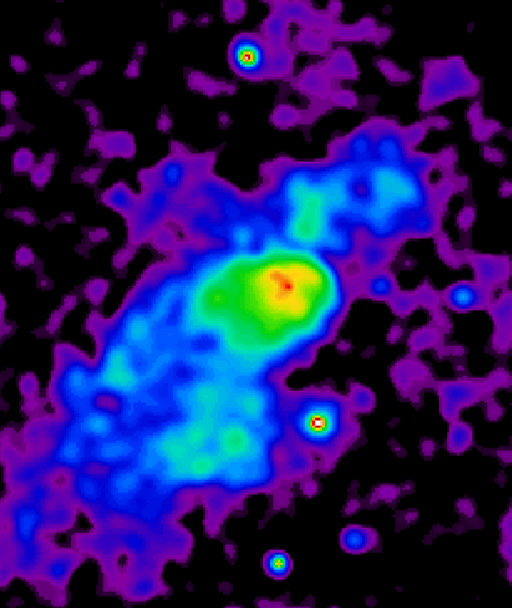Enhancing Space Weather Forecasting Through Soft X-Ray Imaging

As humanity becomes increasingly reliant on satellites and space technology, understanding and forecasting space weather has gained paramount importance. Recent advancements by a research team from Chiba University in Japan, led by Associate Professor Yosuke Matsumoto, propose a novel approach to measuring magnetic reconnection—the process that can create temporary breaches in Earth's protective magnetic field during solar storms. This breakthrough utilizes soft X-ray imaging to enhance the prediction capabilities of space weather phenomena, which can disrupt communications and damage satellites.
The Earth's magnetosphere acts as a shield against the solar wind, a continuous stream of charged particles emitted by the Sun. However, during solar storms, magnetic reconnection can cause energy surges that compromise this shield. Traditional methods of forecasting space weather, such as spacecraft observations, often yield fragmented data. The innovative approach by Matsumoto's team employs the Fugaku supercomputer to simulate interactions between solar wind and Earth's magnetic activity, revealing how soft X-rays emitted during these events can illuminate the dynamics of magnetic reconnection.
Matsumoto stated, 'Imaging X-rays from the sun-facing magnetospheric boundary can now potentially quantify solar wind energy inflow into the magnetosphere, making X-rays a novel space weather diagnostic tool.' The study, published in the Geophysical Research Letters on June 10, 2024, demonstrates that the patterns created by soft X-ray emissions can be observed from satellites located far from Earth, such as the upcoming GEO-X mission.
This research holds significant implications not just for Earth but also for broader astrophysical phenomena. Magnetic reconnection is a fundamental process occurring in various cosmic environments, including solar flares, black holes, and even in terrestrial applications such as fusion reactors. Understanding this process enhances our capability to forecast space weather and may also contribute to the development of cleaner energy sources.
The implications of improved space weather forecasting are profound. Prolonged solar storms can disrupt satellite operations, impact GPS signals, and pose risks to astronauts in space. As commercial space travel becomes more prevalent, the need for accurate and timely predictions of space weather events is critical. The insights gained from this research could ultimately lead to enhanced safety protocols for space missions and improved resilience for satellite infrastructure.
Matsumoto's research team, comprising Ryota Momose and Yoshizumi Miyoshi, underscores the necessity of innovative techniques in space weather forecasting. By integrating soft X-ray models with simulations of Earth's magnetic activity, they have established a new paradigm for understanding how energy flows during solar storms. This method not only confirms theoretical expectations but also offers a practical tool for future space weather monitoring.
In conclusion, the advancement of soft X-ray imaging as a diagnostic tool for space weather forecasting represents a significant leap forward in our understanding of solar-terrestrial interactions. As the demand for satellite technology and space exploration continues to rise, so too does the necessity for effective strategies to safeguard against the unpredictable nature of space weather.
Advertisement
Tags
Advertisement





